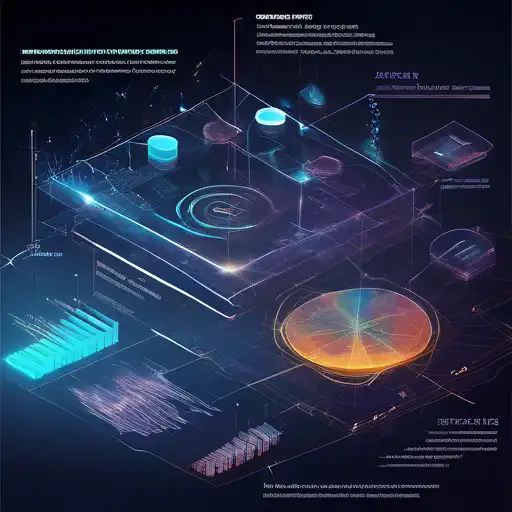Introduction to Data Visualization
In the era of big data, the ability to visualize complex datasets in an understandable and insightful manner is more valuable than ever. Data visualization techniques enable businesses and researchers to uncover patterns, trends, and correlations that might go unnoticed in raw data. This article explores the most effective data visualization techniques for gaining better insights into your data.
Why Data Visualization Matters
Data visualization transforms numbers and metrics into visual objects like graphs, charts, and maps, making the data more accessible and easier to understand. It plays a crucial role in decision-making processes across various industries, from healthcare to finance, by providing a clear picture of what the data is telling us.
Top Data Visualization Techniques
1. Bar Charts and Column Charts
Bar and column charts are among the simplest yet most powerful tools for comparing categorical data. They are ideal for showing changes over time or differences between items.
2. Line Graphs
Line graphs are perfect for displaying data trends over periods. They are commonly used in financial analysis to track stock prices, sales over time, and other time-series data.
3. Pie Charts
Pie charts are best suited for showing proportions and percentages within a whole. They help in understanding the distribution of data across different categories.
4. Scatter Plots
Scatter plots are used to identify the relationship between two variables. They are invaluable in statistical analysis for spotting trends, clusters, and outliers.
5. Heat Maps
Heat maps use color coding to represent data values, making them excellent for visualizing complex data sets like website traffic or user behavior.
Advanced Techniques for Deeper Insights
Beyond basic charts and graphs, advanced techniques like interactive dashboards, geospatial mapping, and network diagrams can provide even deeper insights. Interactive dashboards, for example, allow users to drill down into specifics, while geospatial mapping can reveal geographical trends and patterns.
Best Practices for Effective Data Visualization
To maximize the impact of your data visualizations, consider the following best practices:
- Choose the right type of chart for your data.
- Keep it simple and avoid clutter.
- Use colors and labels effectively to enhance understanding.
- Ensure your visualizations are accessible to all audiences, including those with color vision deficiencies.
Conclusion
Data visualization is a powerful tool for transforming complex datasets into actionable insights. By mastering various visualization techniques and adhering to best practices, you can unlock the full potential of your data. Whether you're a business analyst, researcher, or data enthusiast, effective data visualization can help you make informed decisions and communicate your findings more effectively.
For more insights into data analysis and visualization, explore our Business Intelligence section.
